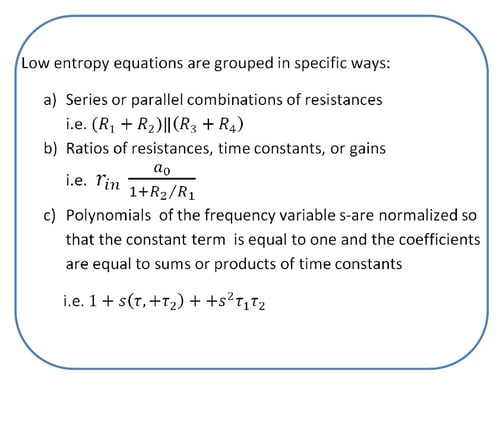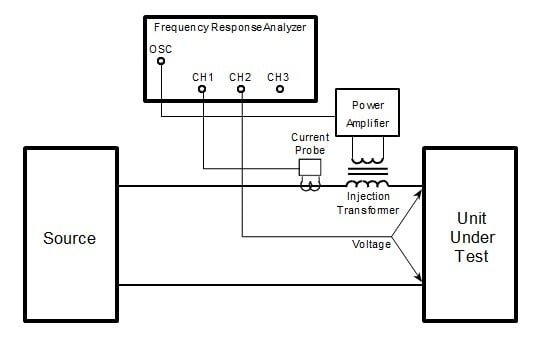An Introduction to Dr. R. David Middlebrook's Design-Oriented Analysis
By Michael Gray - March 30, 2020
With permission of Dr. Middlebrook's estate Venable Instruments is making available online select papers, course notes, and videos. I had the opportunity to attend Dr. Middlebrook's Structured Analog Design Course in person. This blog post looks at some of Dr. Middlebrook's achievements and impacts.
When I first started work at Venable Industries, as it was called back then, Dean Venable encouraged me to attend Dr. Middlebrook’s Structured Analog Design Course at company expense. Although I wish I could say I fully appreciated it at the time, over the course of my career many of Dr. Middlebrook’s methods and insights aided me in my own design work. If you haven't taken the time to acquaint yourself with Dr. Middlebrook's work, I suggest taking a look at Dr. Middlebrook’s Structured Analog Design Course notes located in the Venable Vault on our website
As a professor of electrical engineering at the California Institute of Technology (Caltech), Dr. Middlebrook is considered one of the founders of power electronics and one of the founders of the IEEE Applied Power Electronics Conference (APEC). Many of his students are well known academics and researchers in power electronics such as Slobodan Cuk, Vatche Vorperian, Dragan Maksimovic, and Robert Erickson. Some of his many contributions to power electronics are the development of the state-space averaged model of the switch in switching power supplies and stability criteria for the input filter interaction with the negative incremental input resistance of a switching power supply among many others. The IEEE PELS R. David Middlebrook Achievement Award was created in his honor in 2011.
Dr. Middlebrook is also widely known for promotion and teaching of design oriented analysis at Caltech and at short courses designed for working engineers. The genesis for Design Oriented Analysis came from outside consulting work he did while teaching circuit design at Caltech. He found that the circuit analysis methods as they were currently being taught, loop and node analysis, led to “high entropy” expressions that give no insight into how circuit operates. This led to poor designs and the inability to solve design problems. Loop and node analysis works for analyzing the performance of circuits but doesn’t work for design. Design is the reverse of analysis. Over time, he developed many short cuts and methods that were useful for design and were eventually incorporated into his circuits design course at Caltech. Essentially, these methods became known as design oriented analysis which results in ‘low entropy’ expressions that provide enough information to allow the designer to work backwards and change circuit elements in order to meet the design specification.
Low entropy expressions are at the heart of design oriented analysis. For a designer, there is no point in doing the analysis otherwise. There are many different approaches to design oriented analysis. One way this can be accomplished is by using successive application of Thevenin’s/Norton’s theorem and/or voltage/current division on the circuit diagram from input to output. Also, avoid multiplying out any series and parallel combinations. The circuit can be reduced to a single loop or node equation which will be in low entropy form.

One method of design oriented analysis is breaking the problem into smaller pieces for analysis. The extra element theorem (EET) including its extension the N extra element theorem can be used to simplify analysis. The designer can remove one or more impedance components or dependent sources to simplify a circuit and do the analysis and then add the components back successively into the circuit using the EET. The resulting equations will be in low entropy form. As an example, the input impedance of a bridge circuit with five impedance elements can be easily analyzed by inspection after removing one of the elements and then adding it back in with the EET to quickly get the answer. Using a simple model to start a design is another method of design oriented analysis. Operational amplifier gain equations, however trivial, are an example of using a simple model. These equations are usually derived using an ideal op amp model with infinite input impedance, infinite gain, infinite bandwidth, and zero output impedance. Equations derived from this model are good starting point for any operational amplifier design model which can be further refined by adding capacitances and other parasitic effects.
Collected Works of Dr. Middlebrook
Dr. Middlebrook's Structured Analog Design Course
Measurement of Loop Gain in Feedback Systems
Methods of Design-Oriented Analysis



